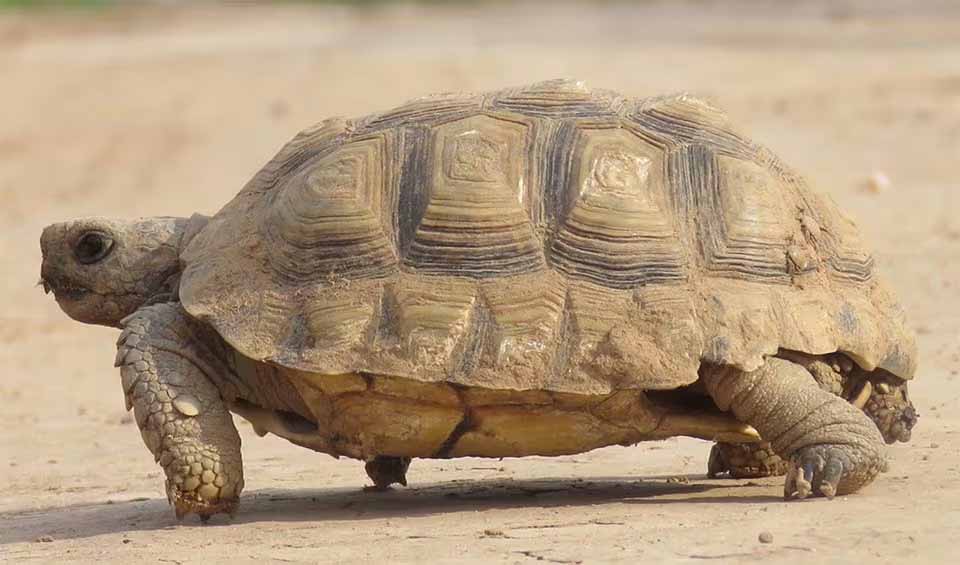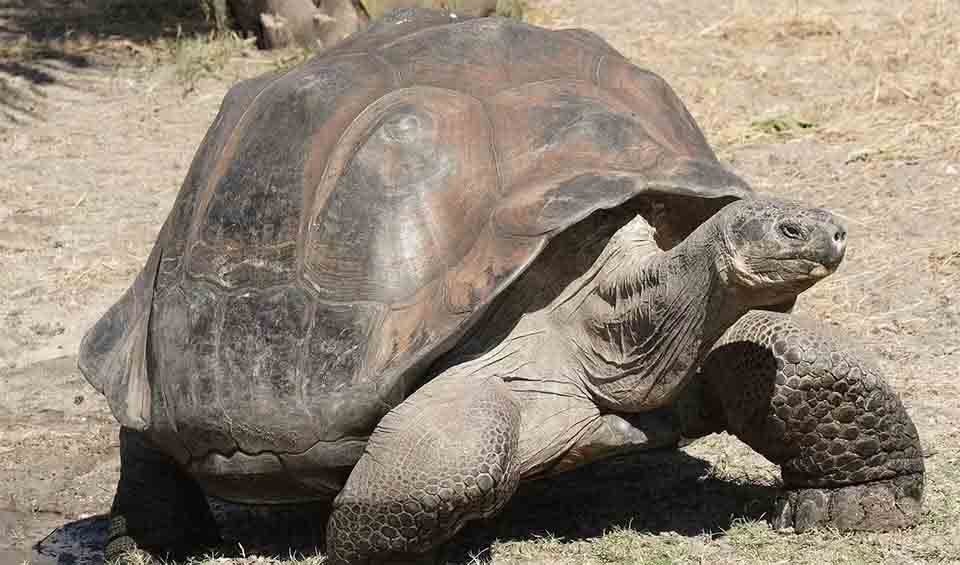Chelonoidis – Neotropic tortoises
Home of the largest tortoise on the planet
Chelonoidis, the genus encompassing the largest extant tortoises, is widely distributed throughout South America and the Galapagos Islands. Within this genus resides the giant Galapagos tortoise, recognized as the largest extant tortoise species globally and the 13th heaviest reptile alive.
Despite their colossal size, Chelonoidis tortoises possess surprising agility and speed. When confronted with danger, they swiftly retreat into their immensely robust shells, which provide unparalleled protection. Due to their sheer bulk, common strategies used against smaller predators, such as dropping them from great heights, are ineffective against Chelonoidis tortoises.
However, their immense weight can also pose a significant risk. If inadvertently flipped onto their backs, these tortoises cannot right themselves and are at risk of starvation unless aided by external assistance.
Chelonoidis tortoises exhibit remarkable adaptations to their diverse habitats, ranging from dense forests to arid scrublands. They are primarily herbivorous, consuming a variety of vegetation, such as grasses, leaves, fruits, and cacti. Their diet reflects their ability to thrive in a range of ecological niches and contributes to their role as ecosystem engineers, influencing vegetation dynamics and seed dispersal.
In addition to their ecological significance, Chelonoidis tortoises hold cultural and historical importance for indigenous communities and have become iconic symbols of conservation efforts worldwide. However, they face numerous threats to their survival, including habitat loss, introduced predators, and illegal poaching. Conservation initiatives aimed at protecting their habitats, mitigating human-wildlife conflicts, and implementing strict regulations on trade and exploitation are crucial for ensuring the long-term survival of Chelonoidis tortoises.
Species in this genus
Chaco tortoise
Can go for a long time without drinking water because they get enough from the plants they eat
Galapagos tortoise
An iconic animal from the Galápagos and the largest tortoise on earth



